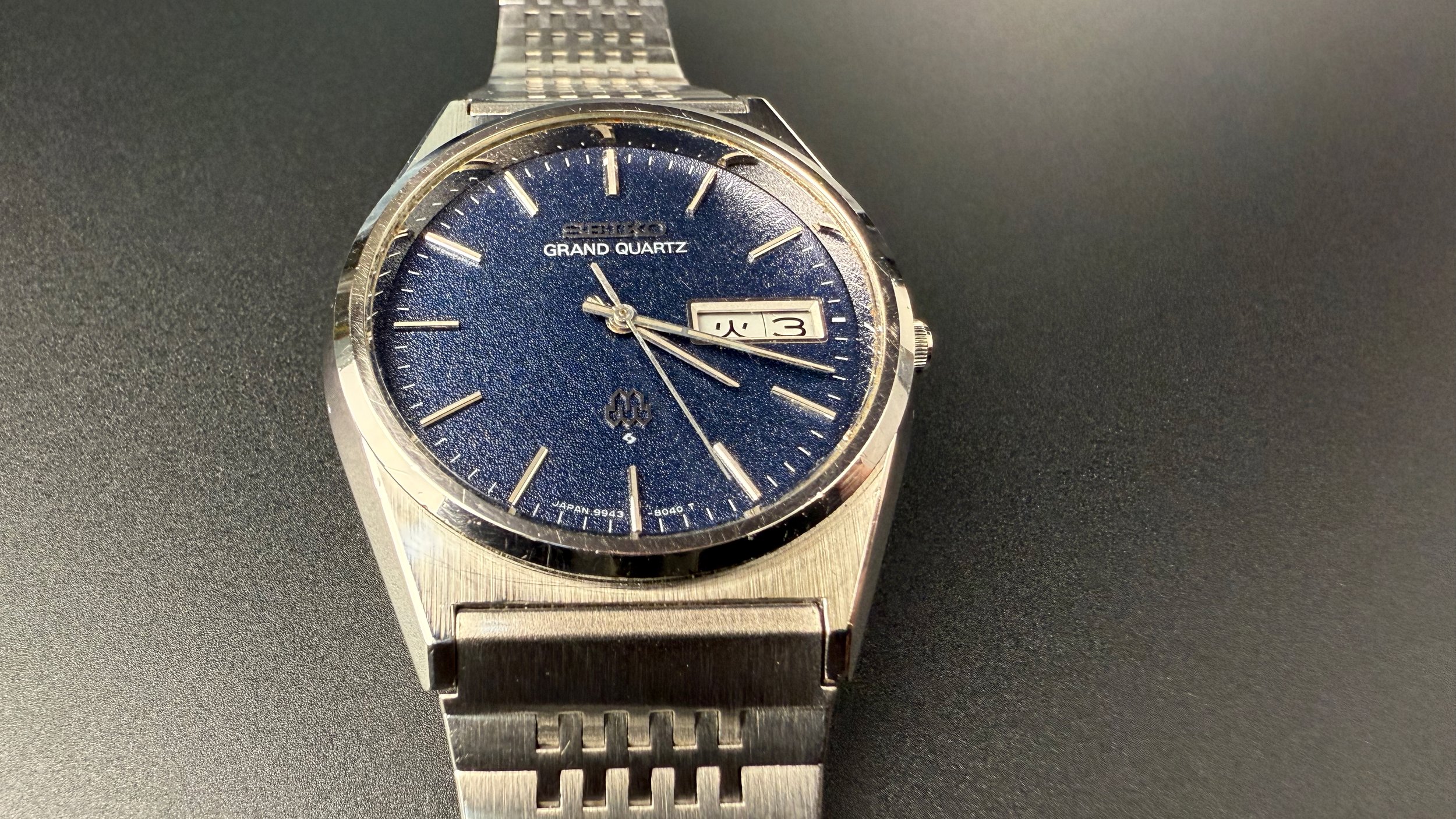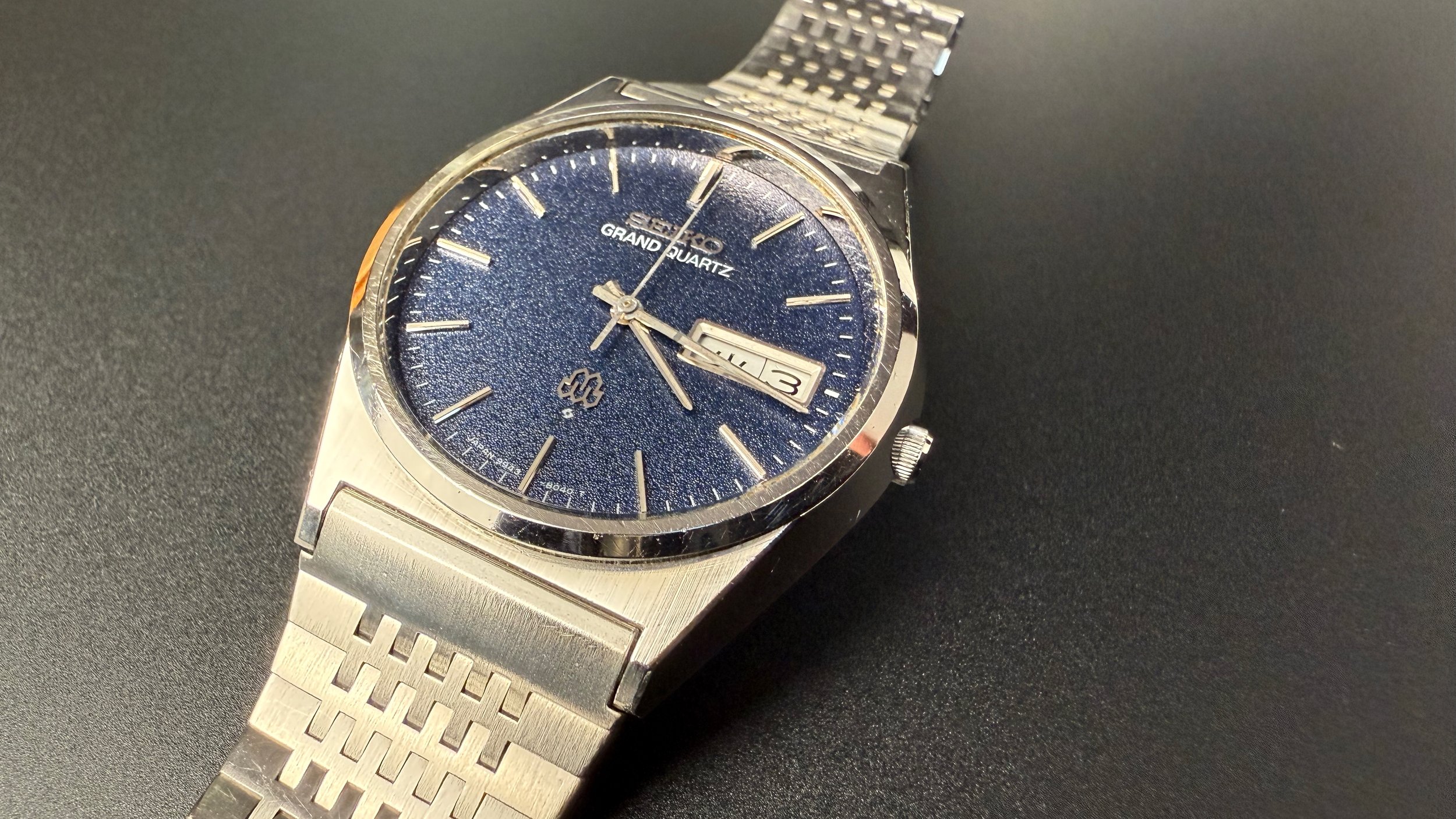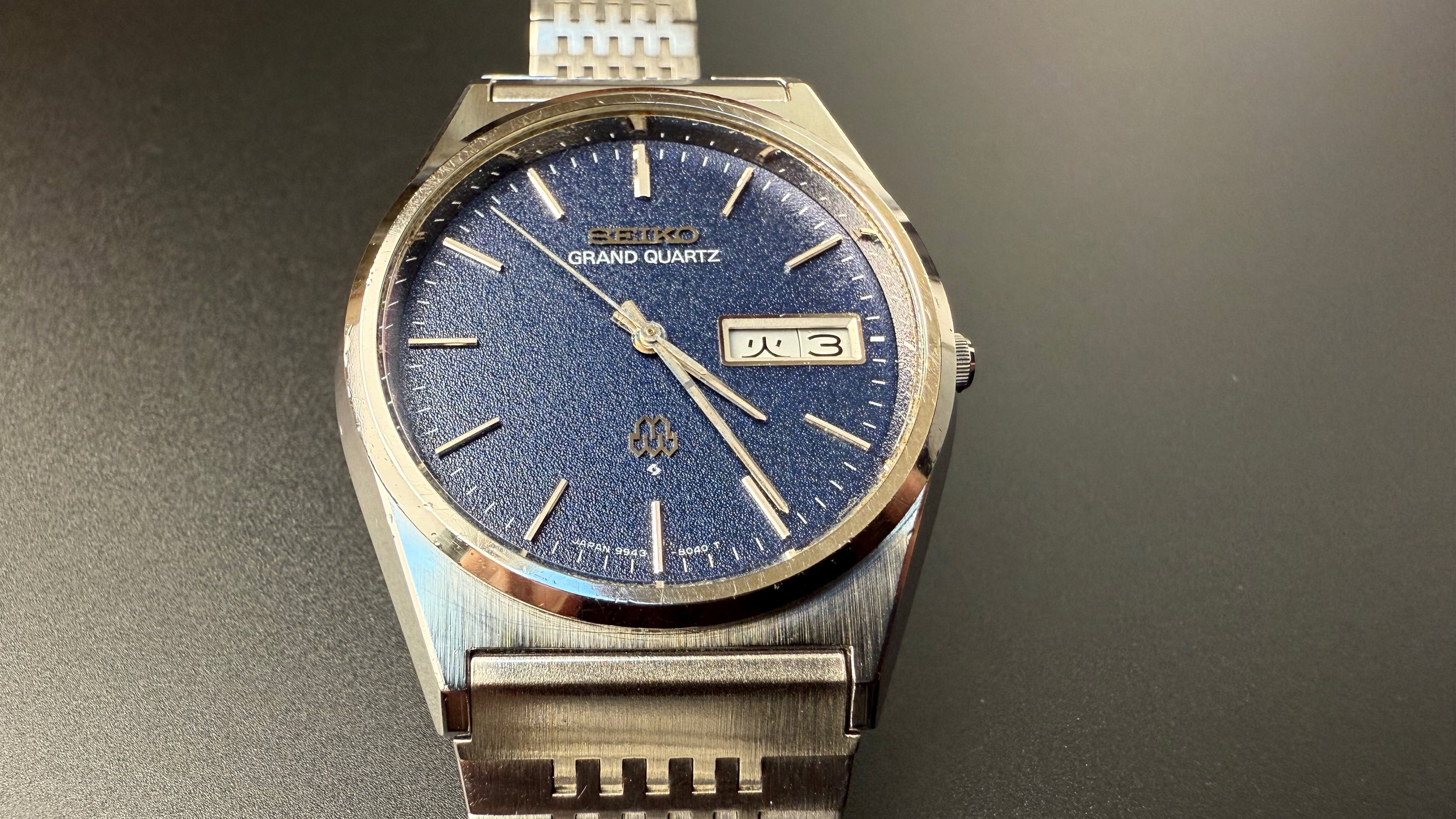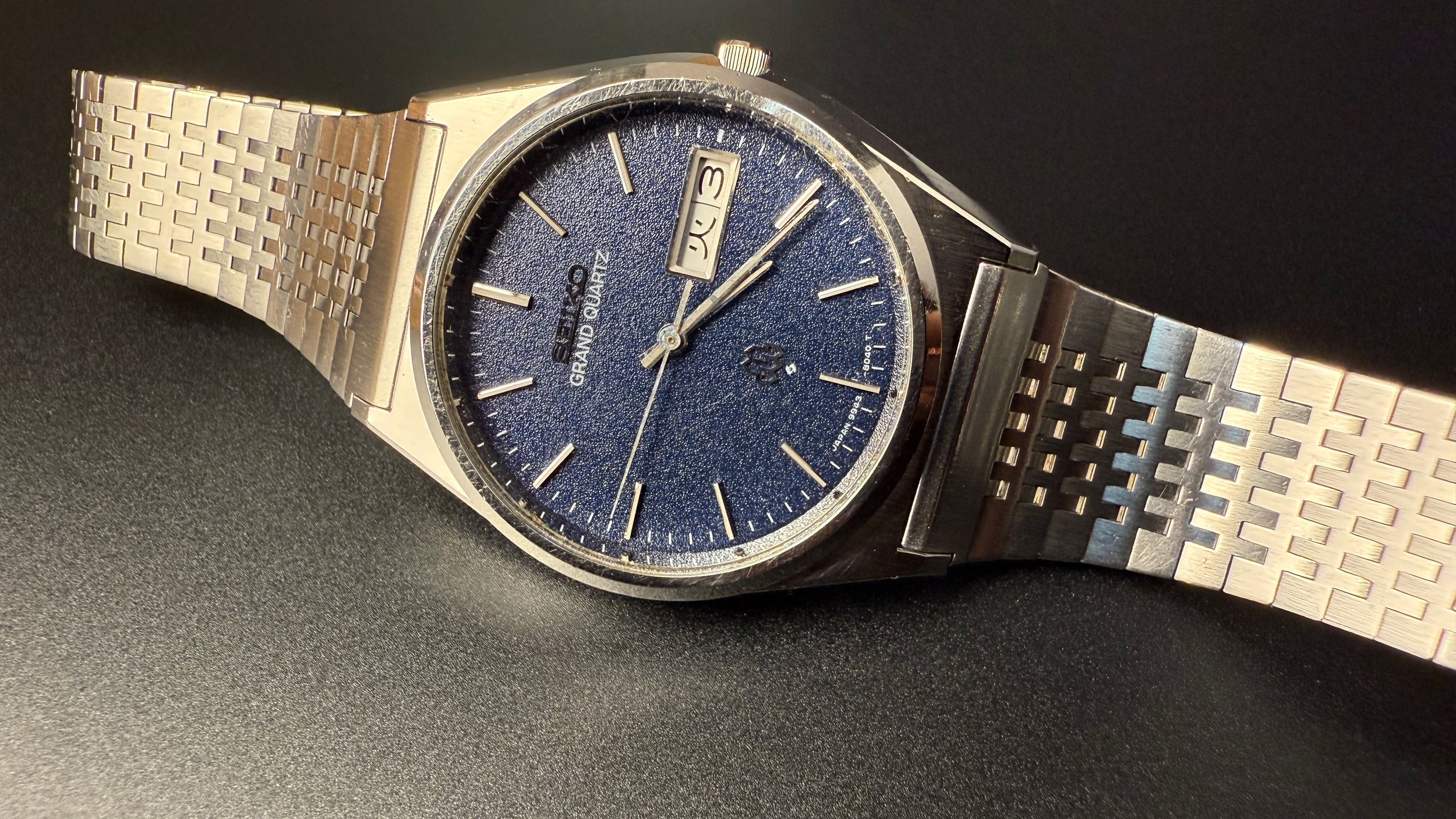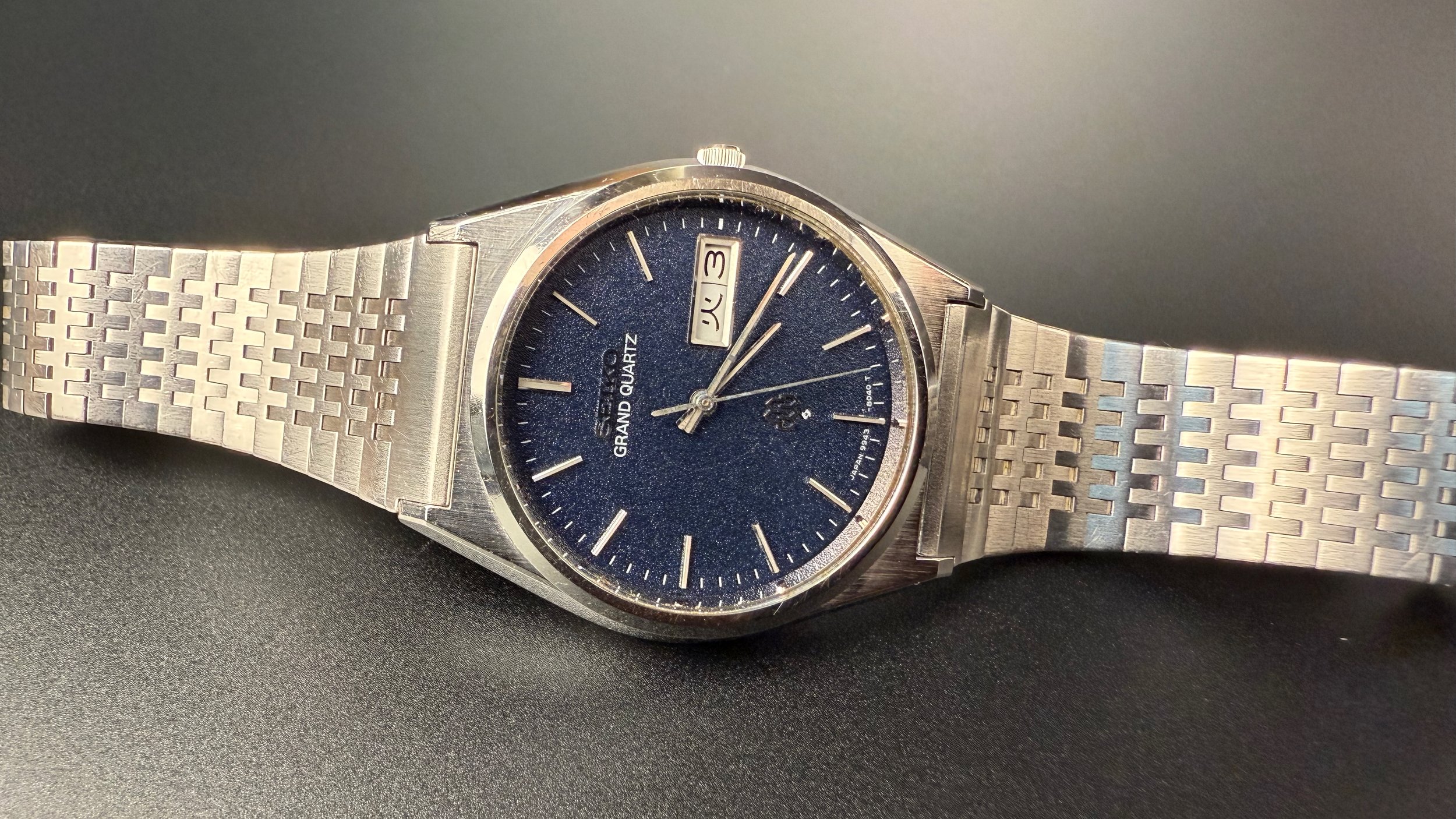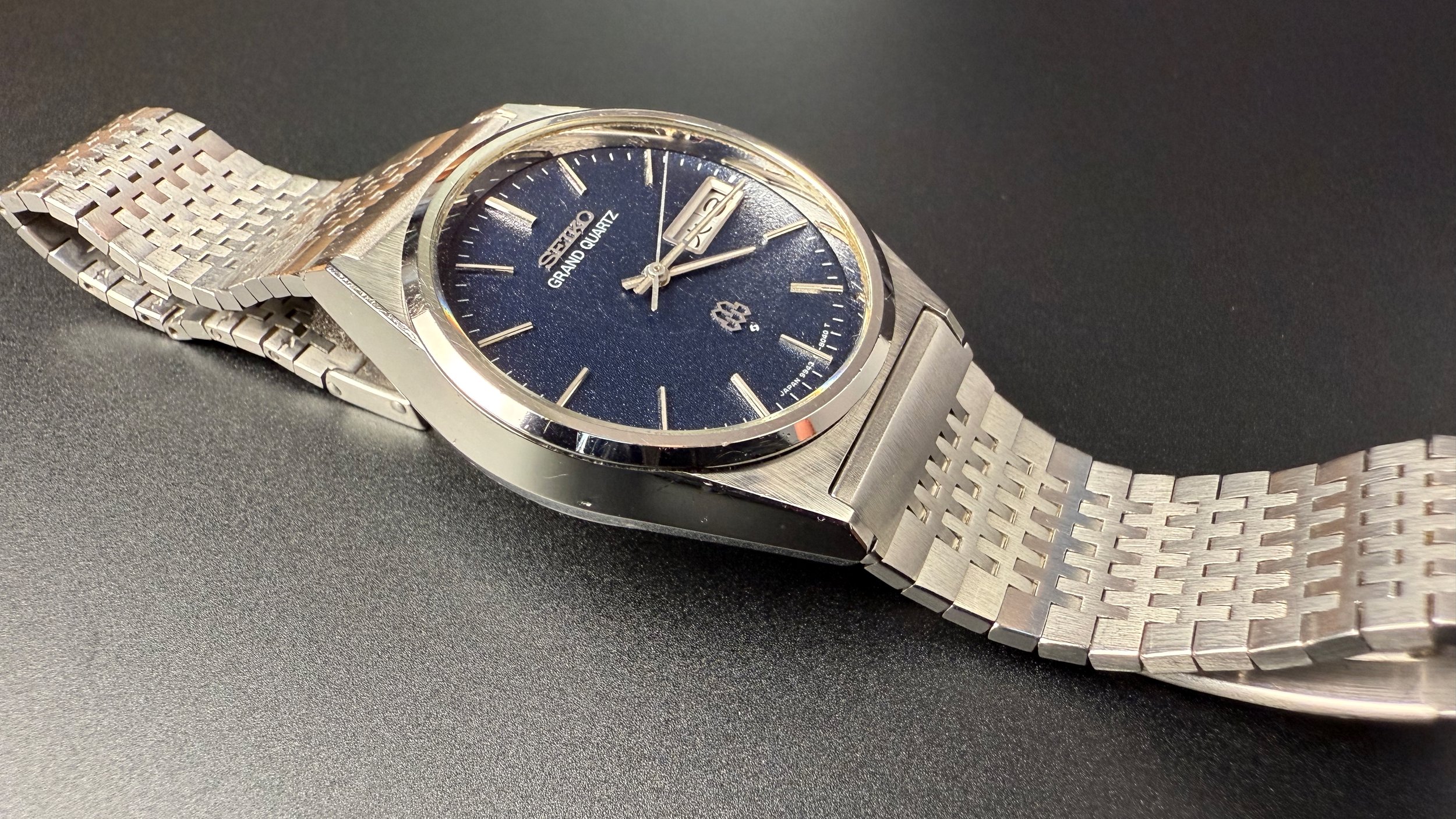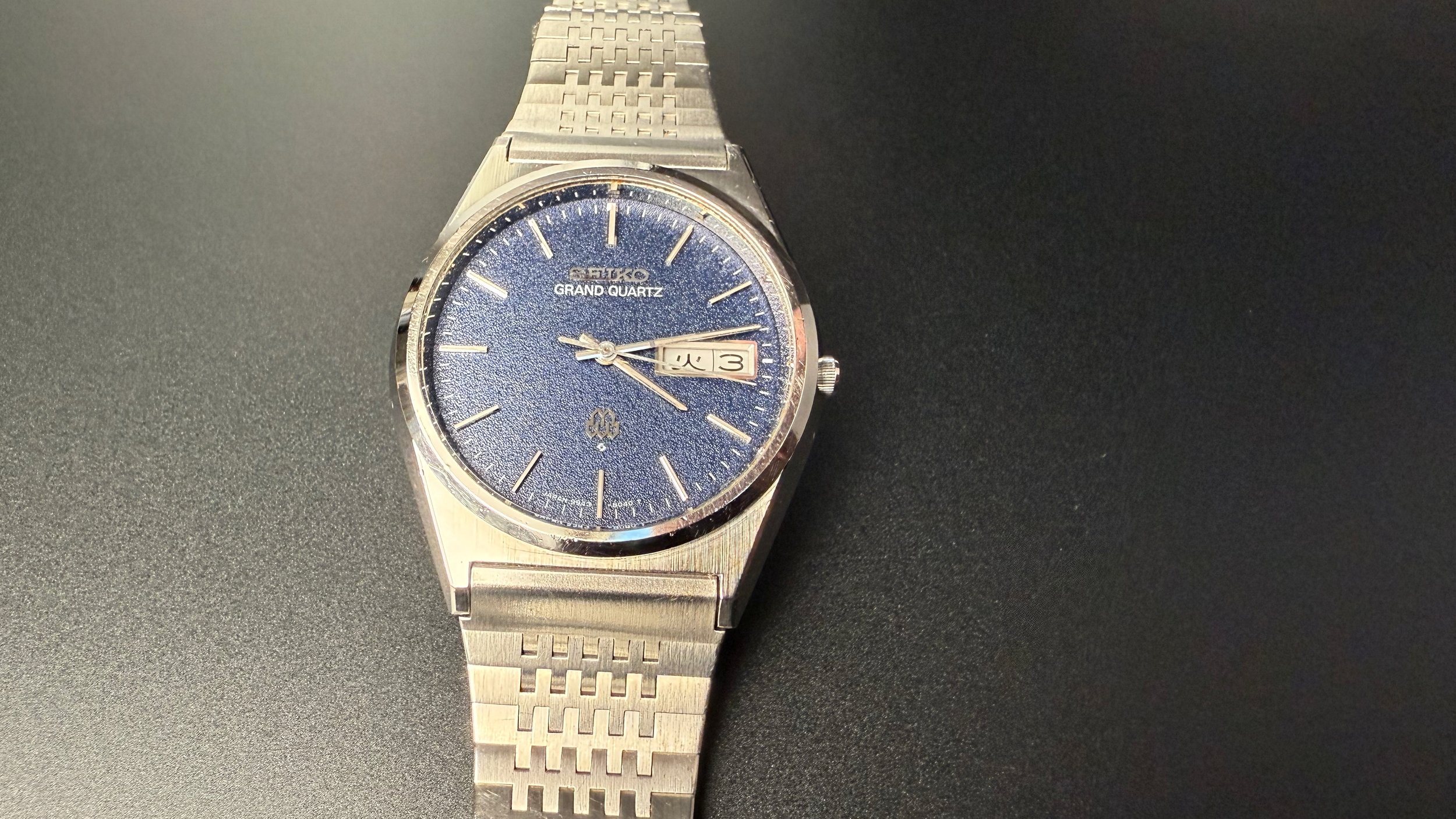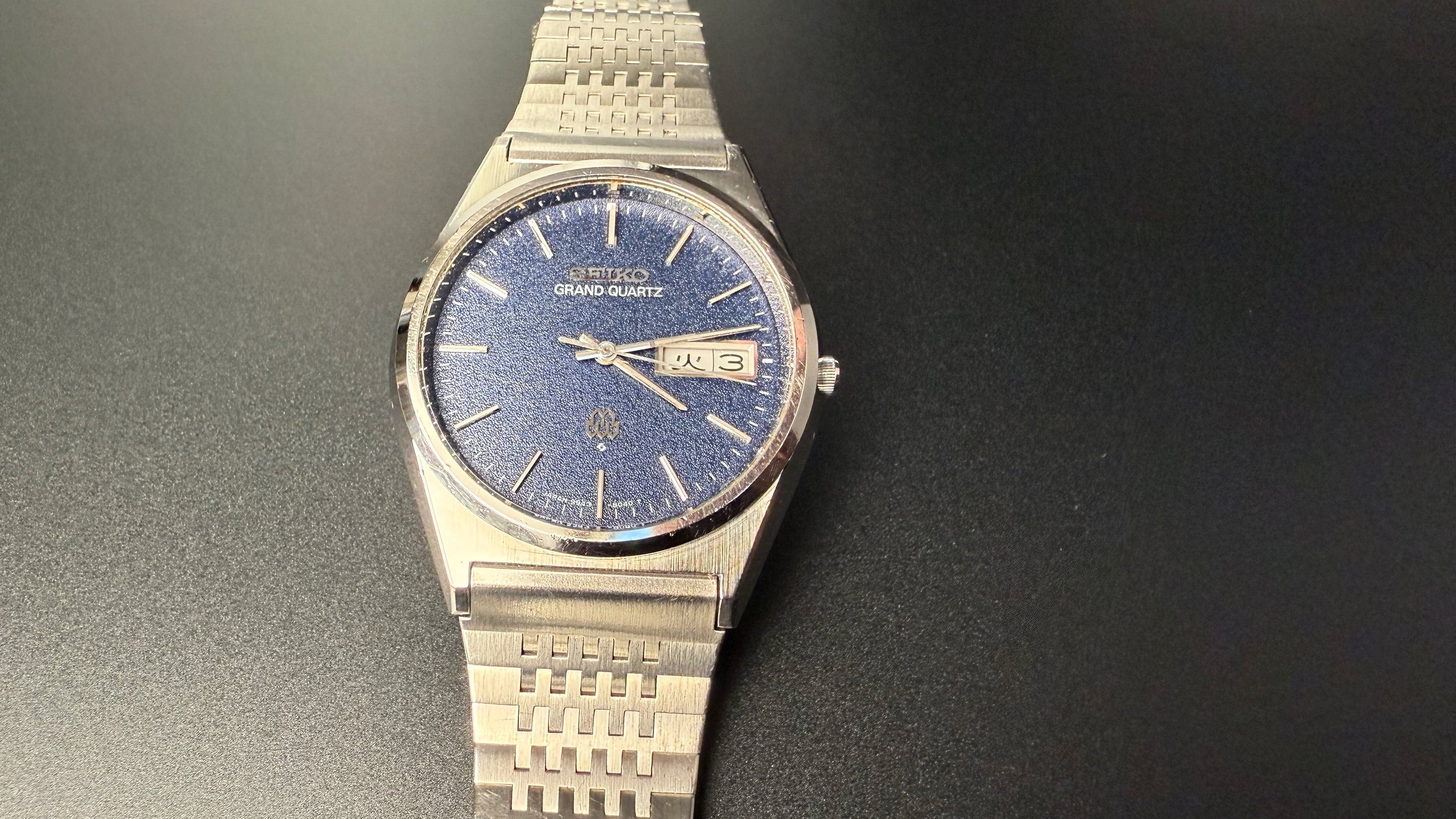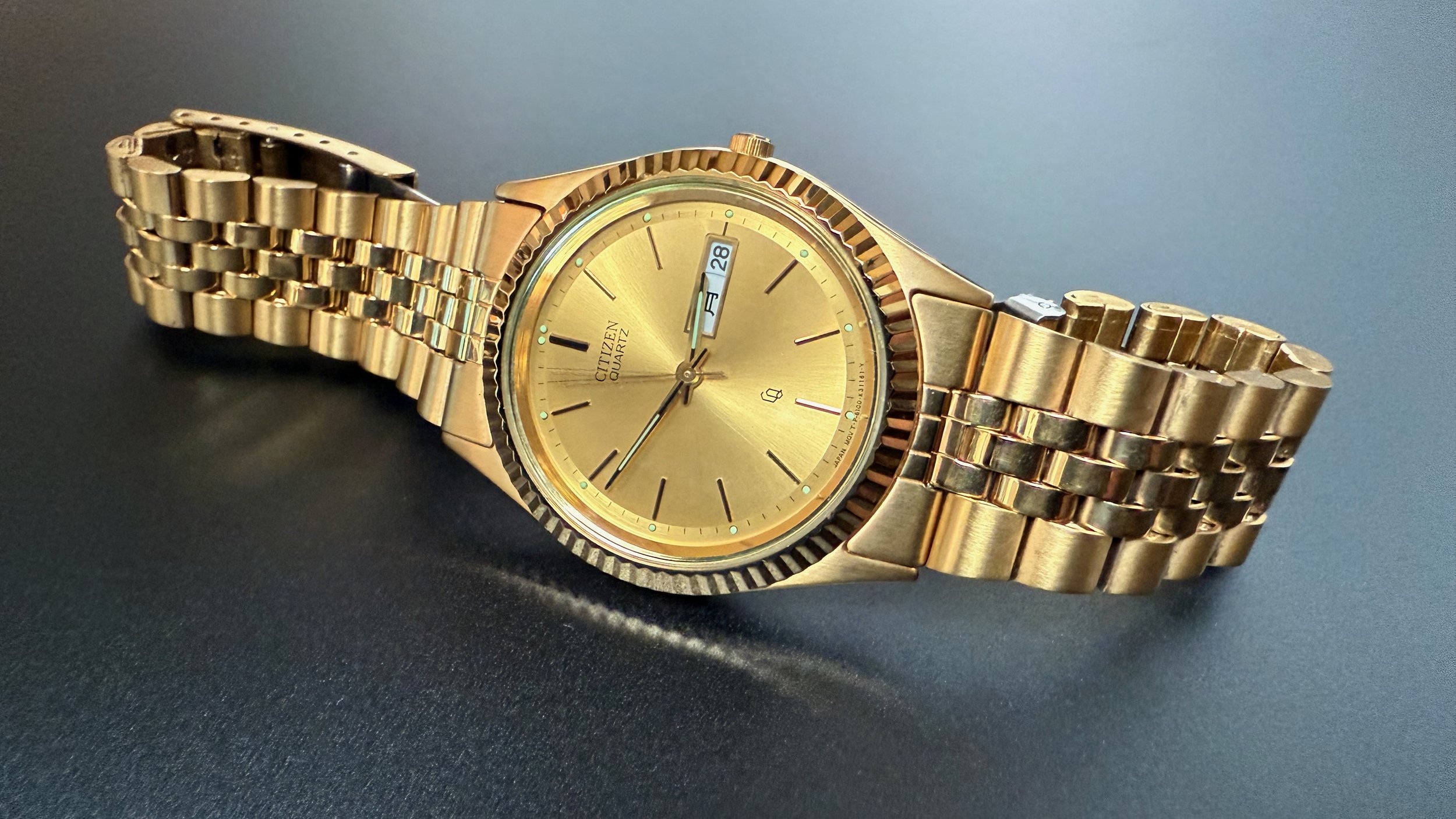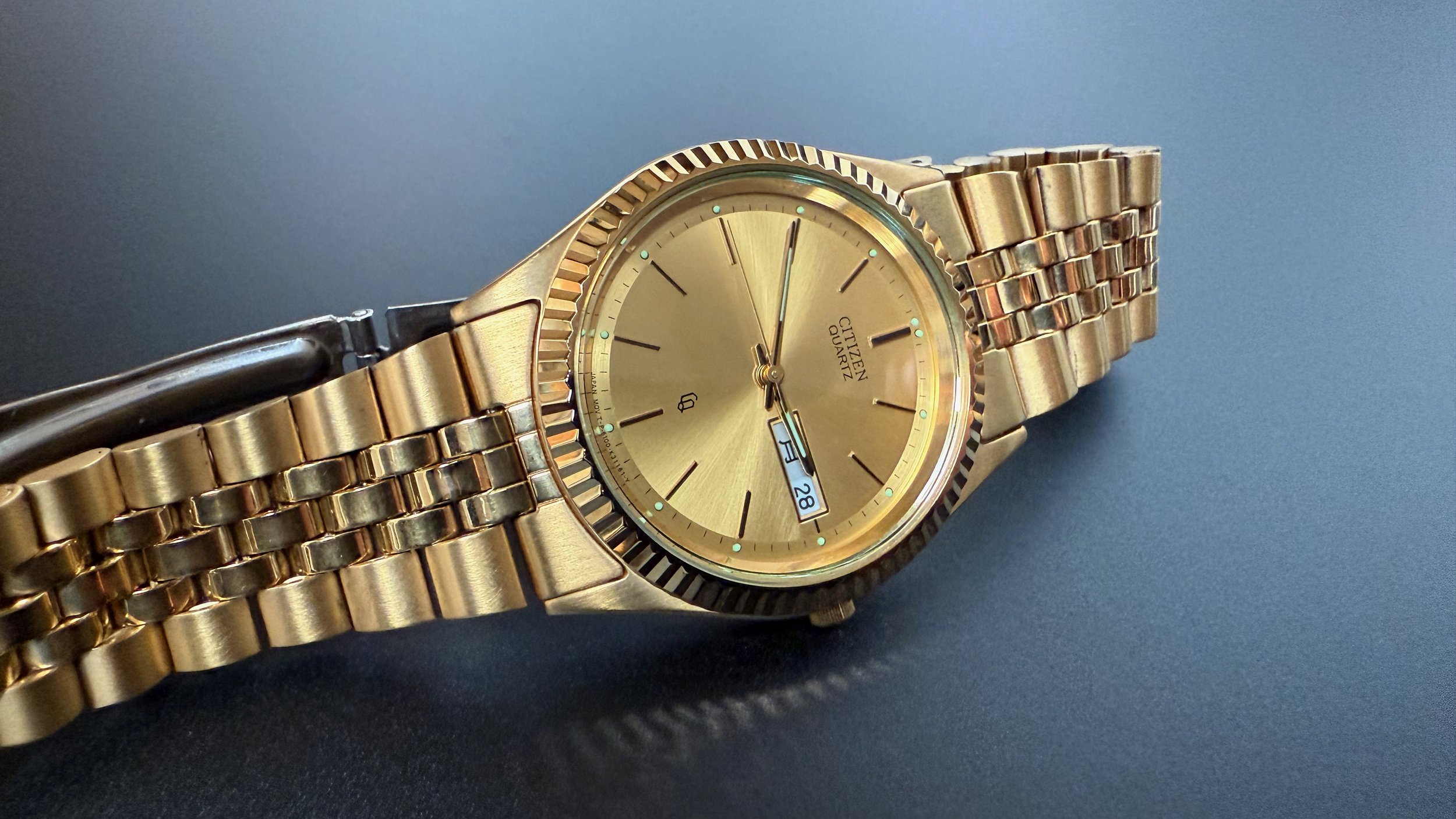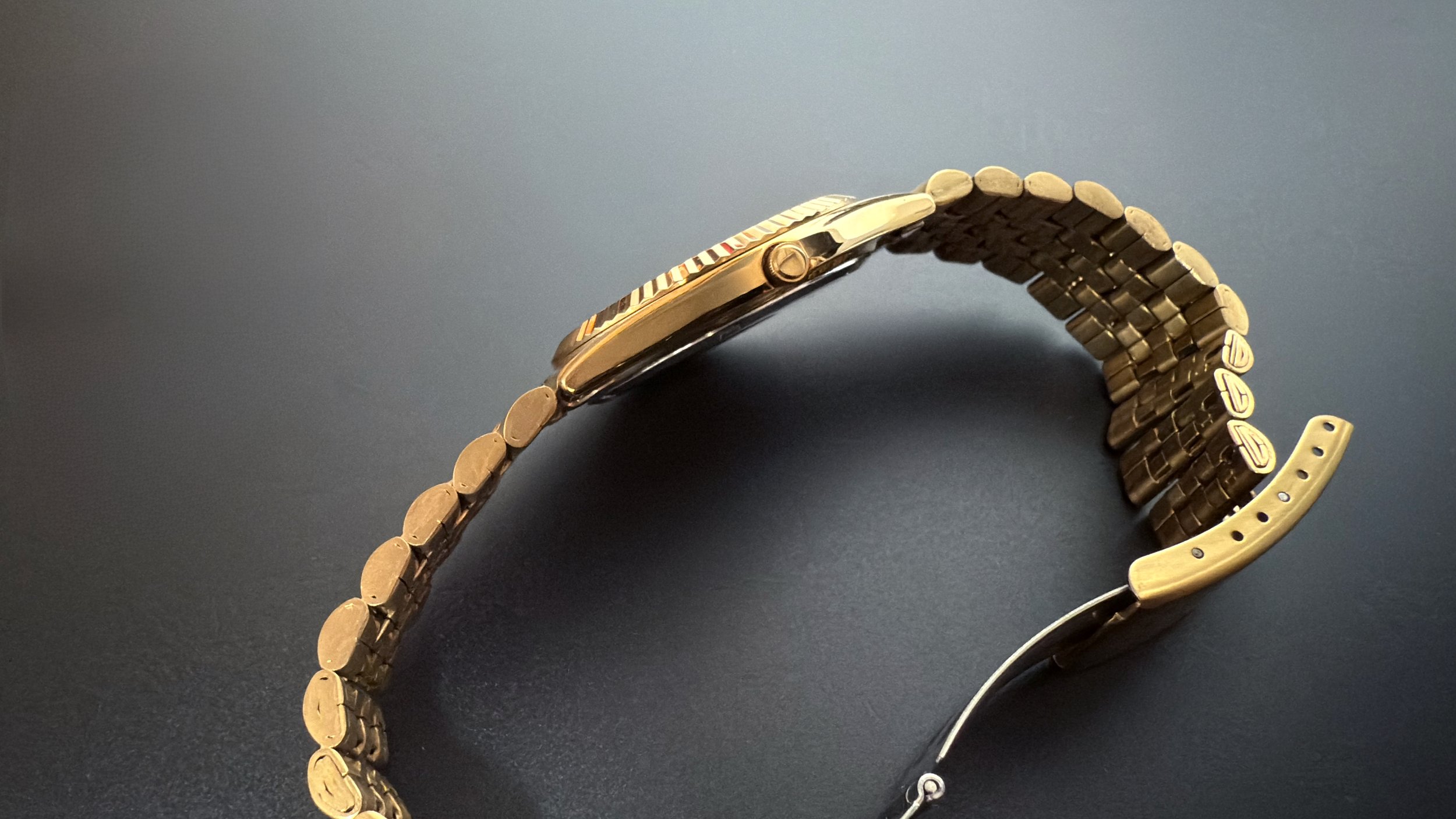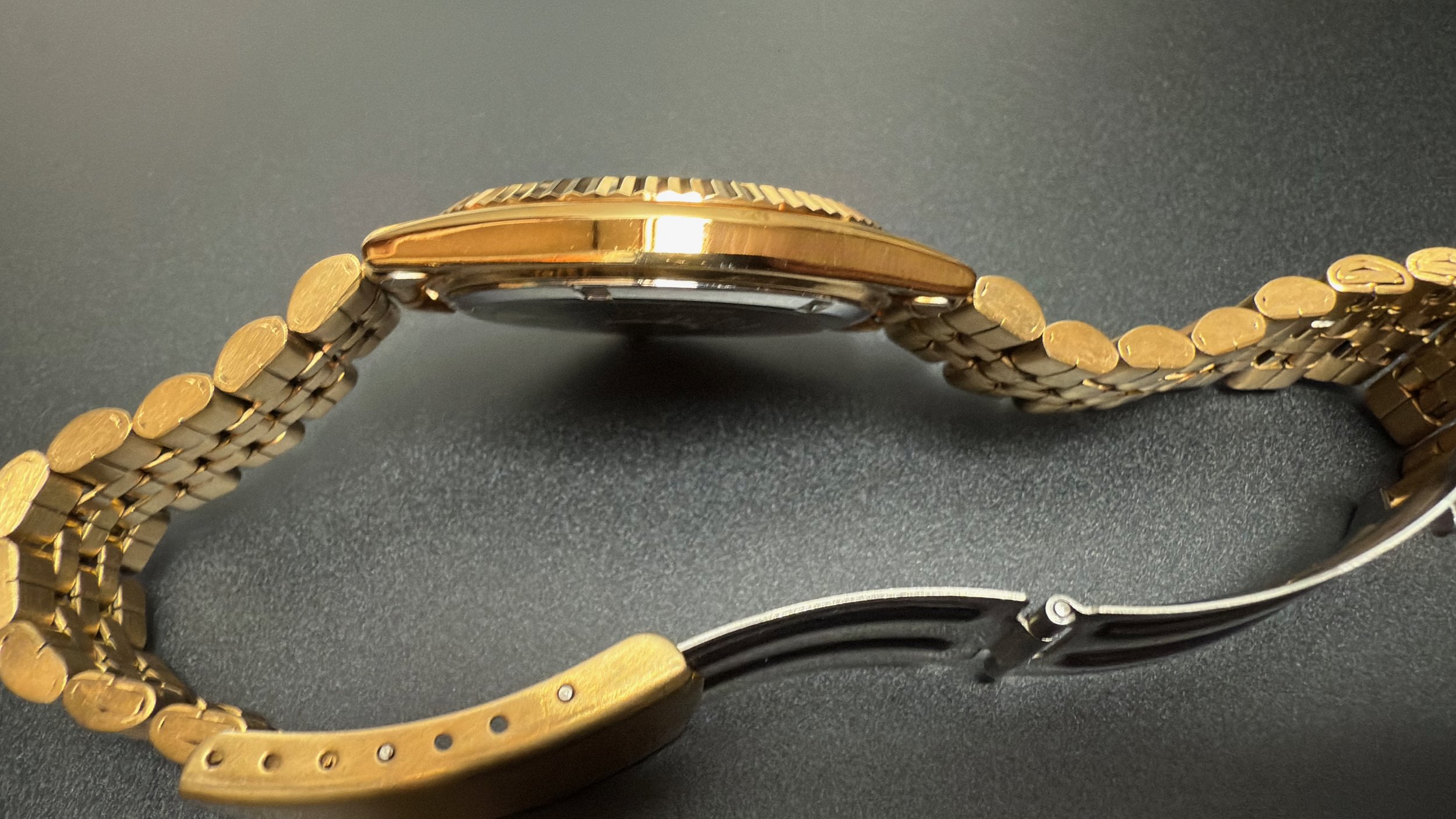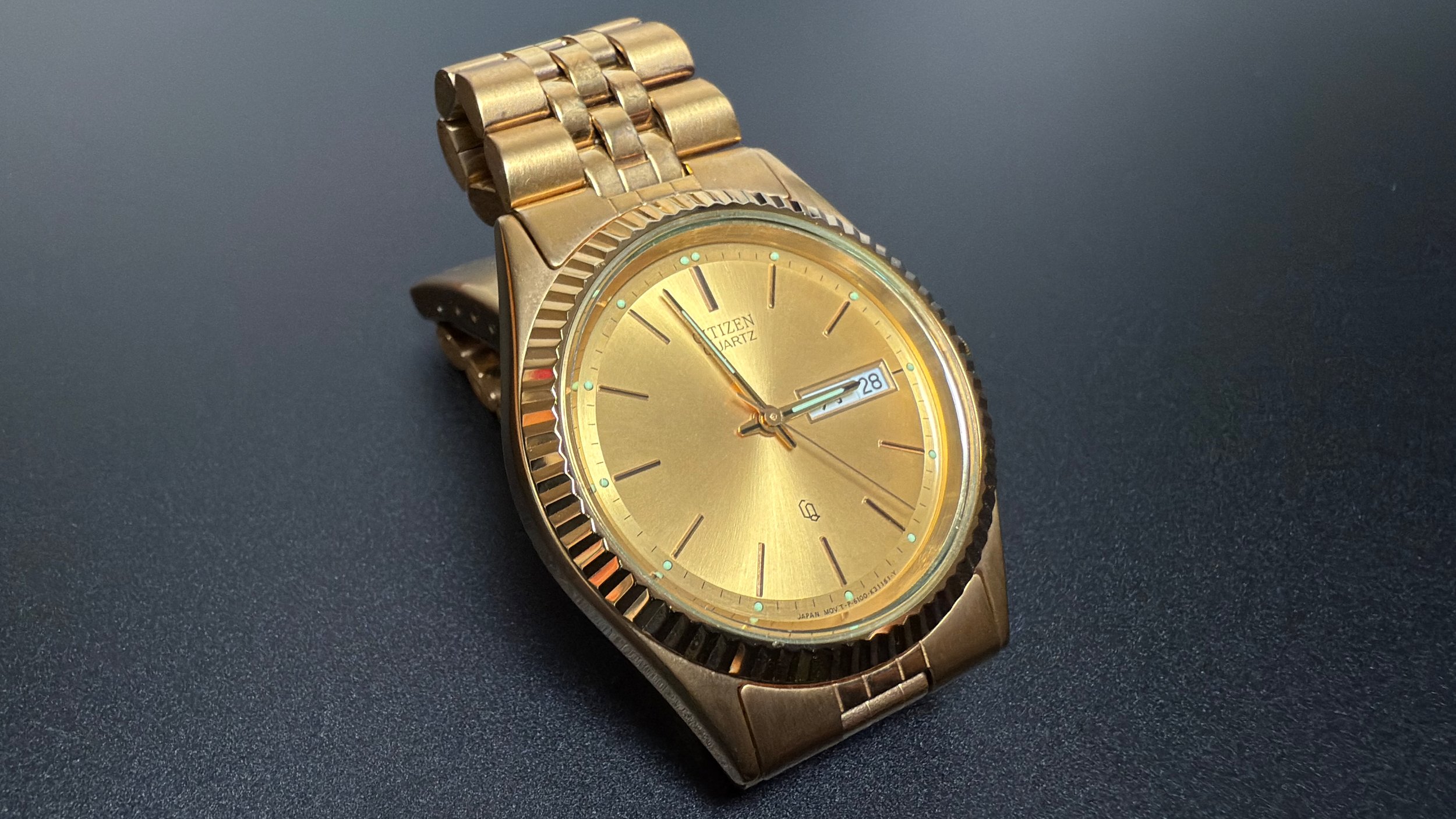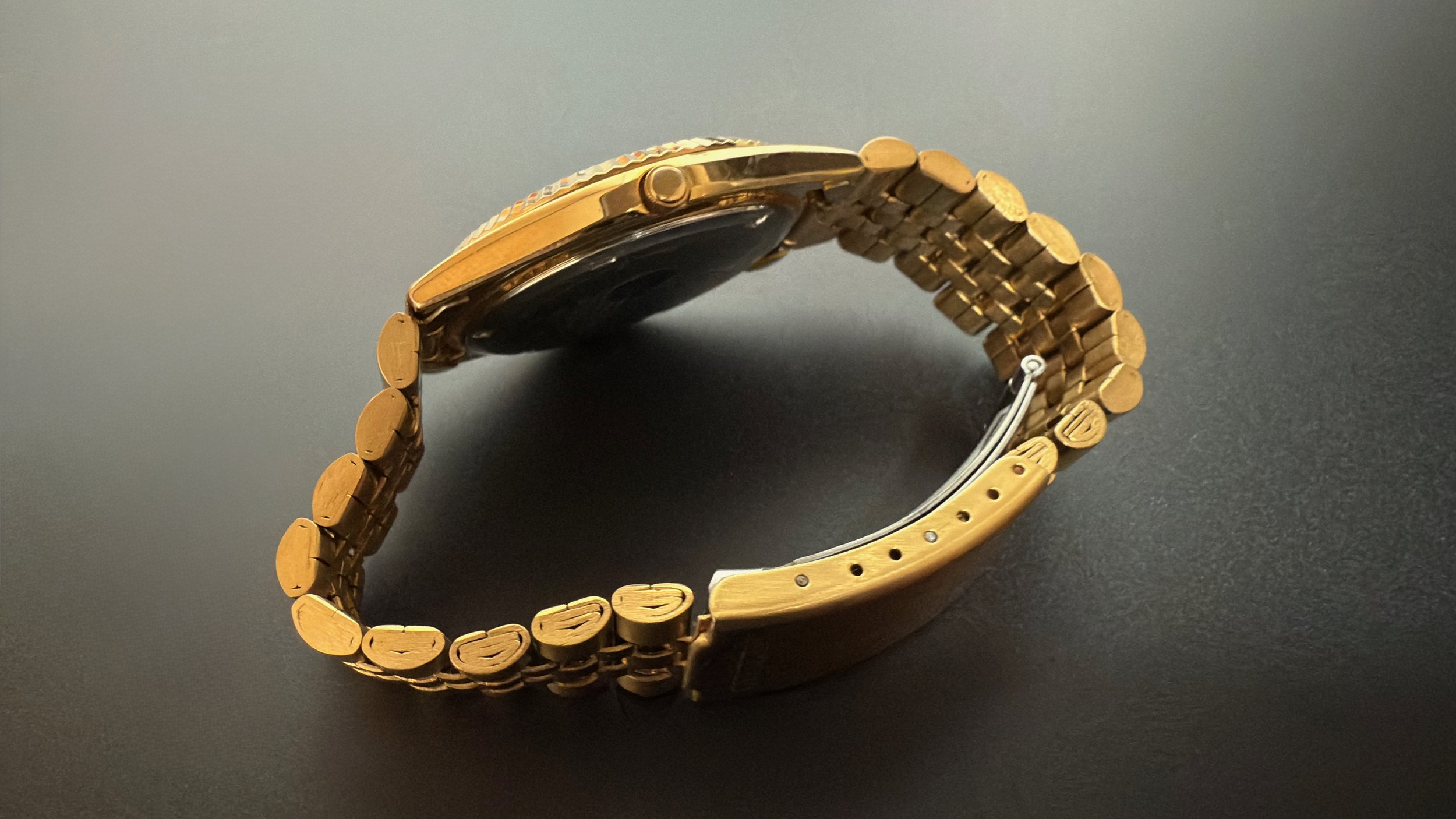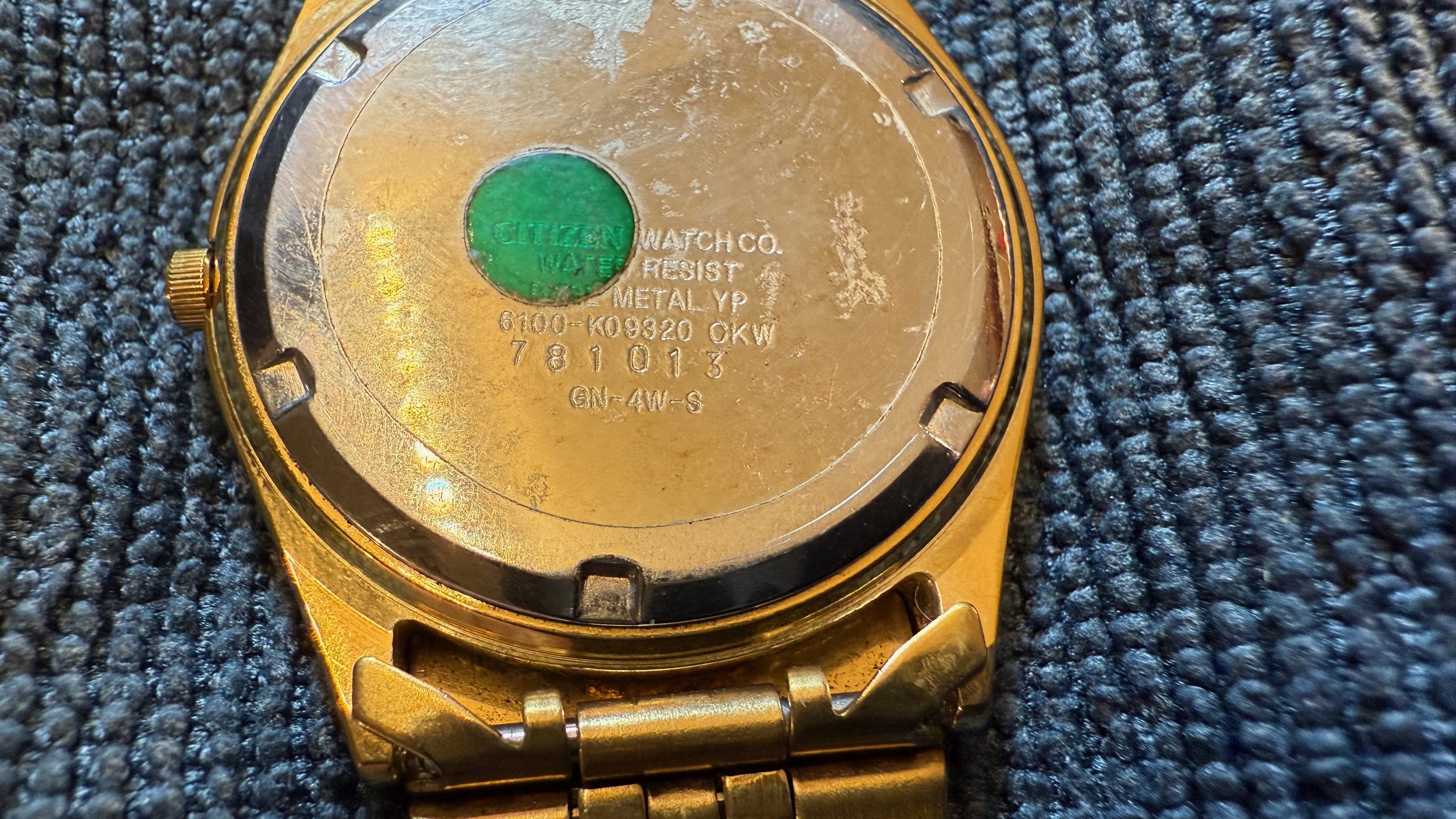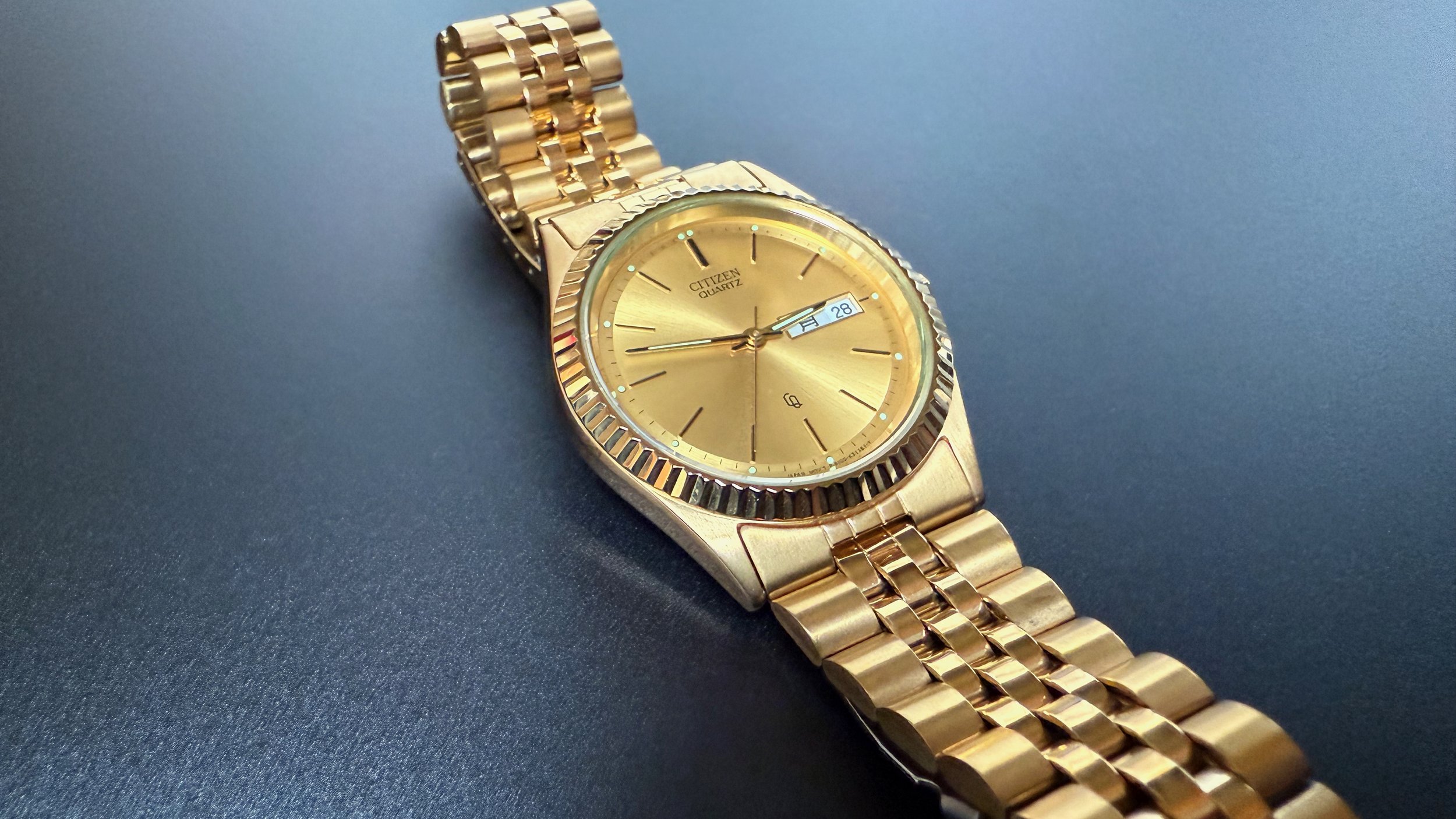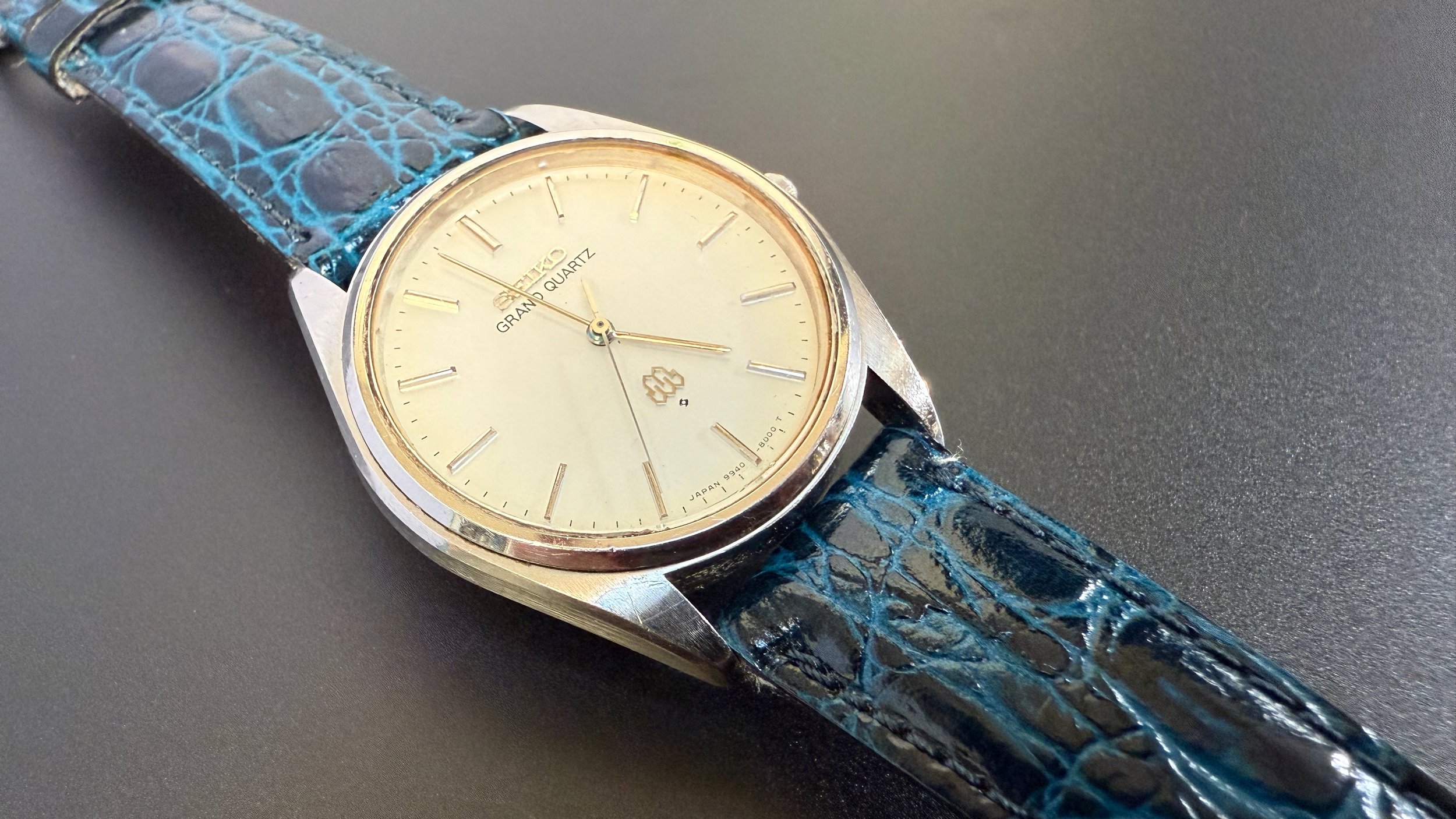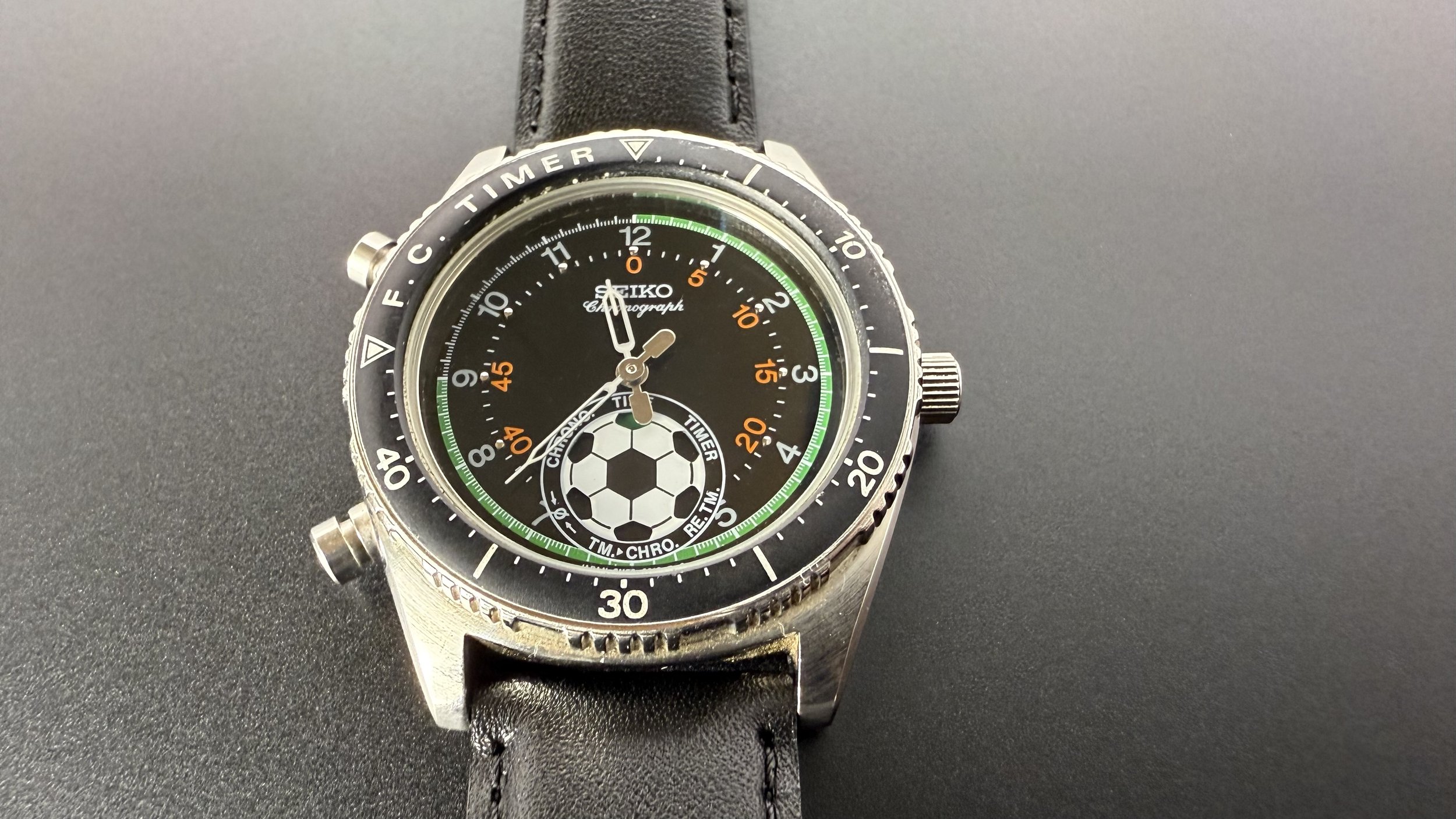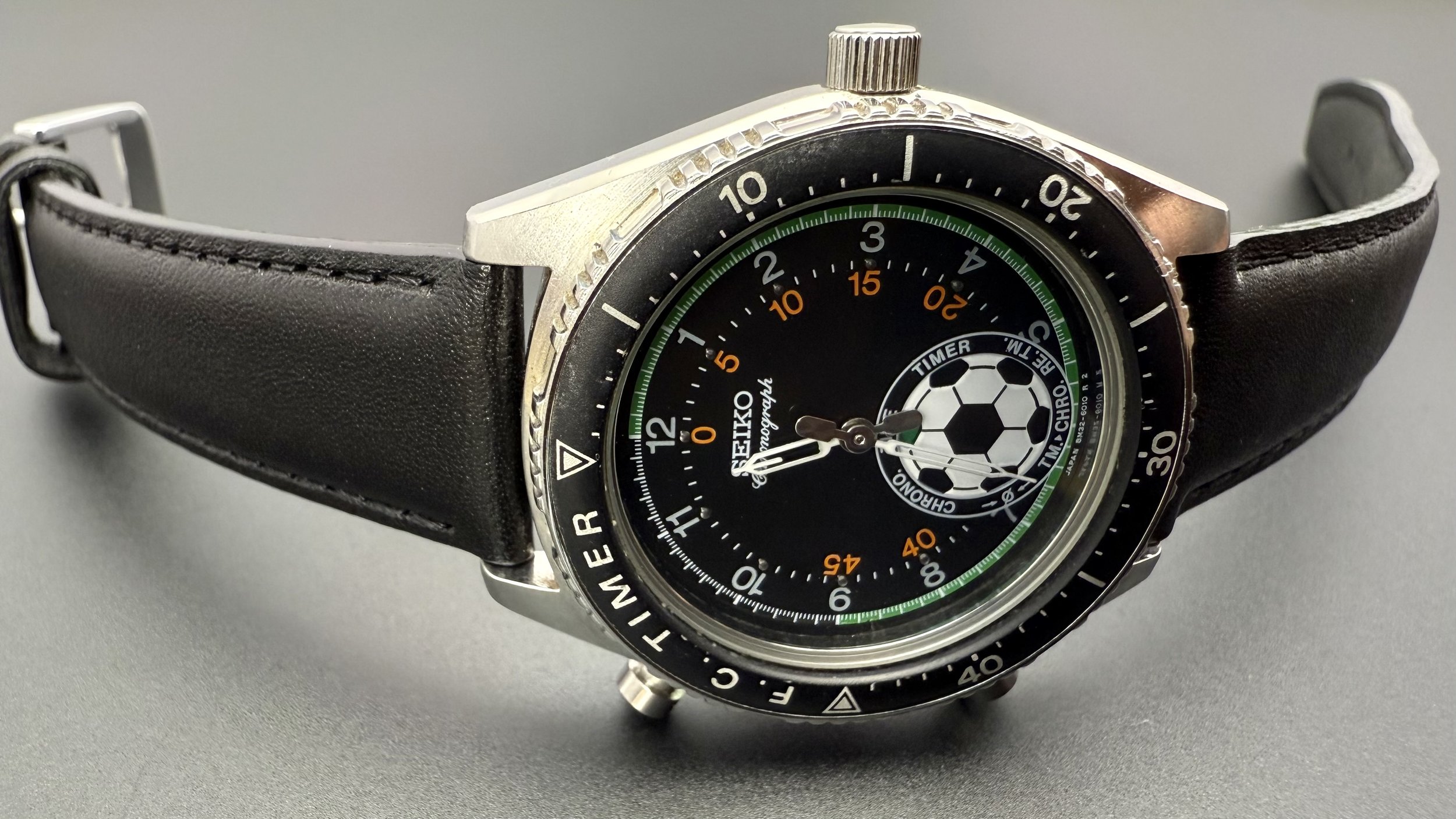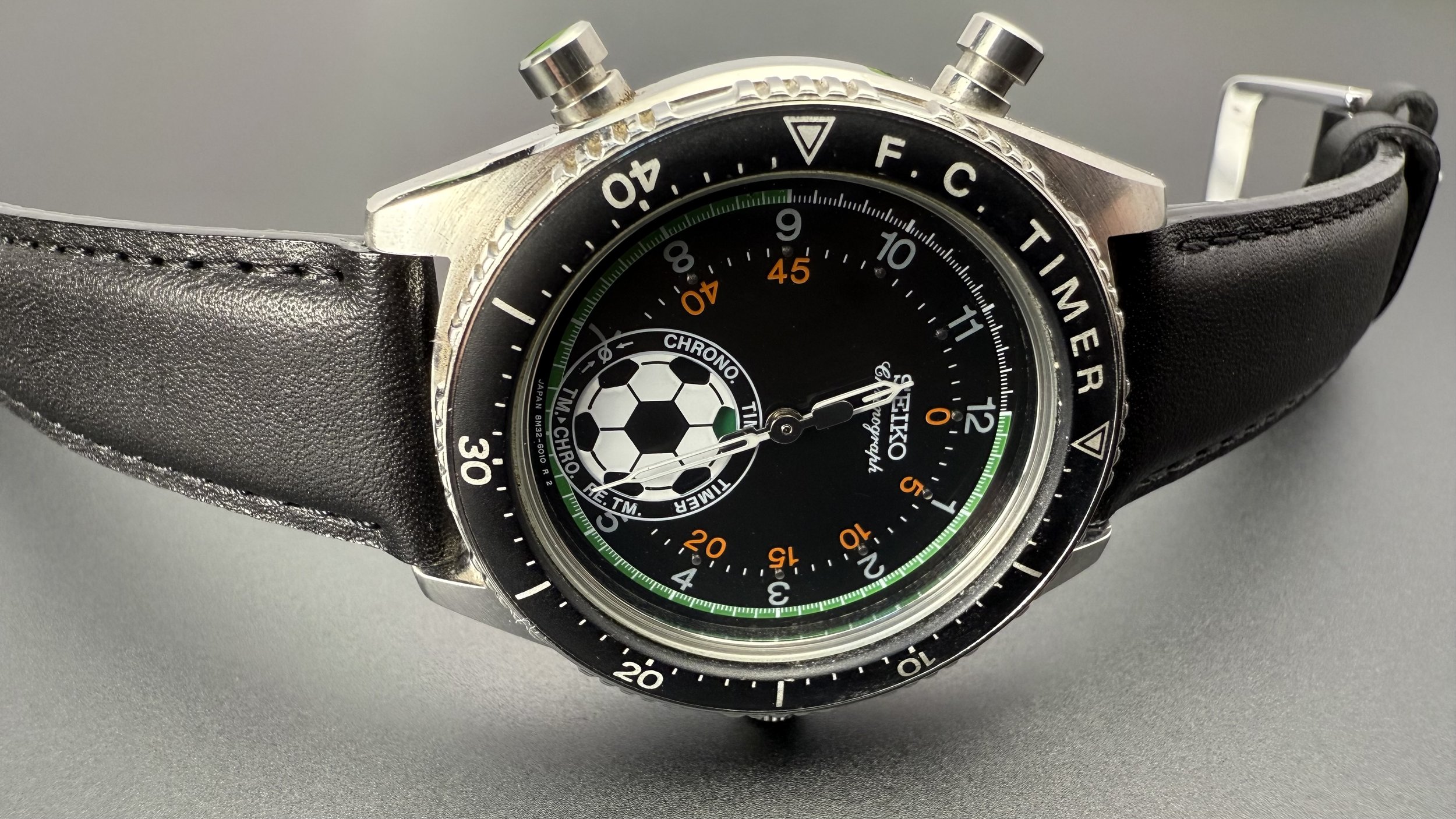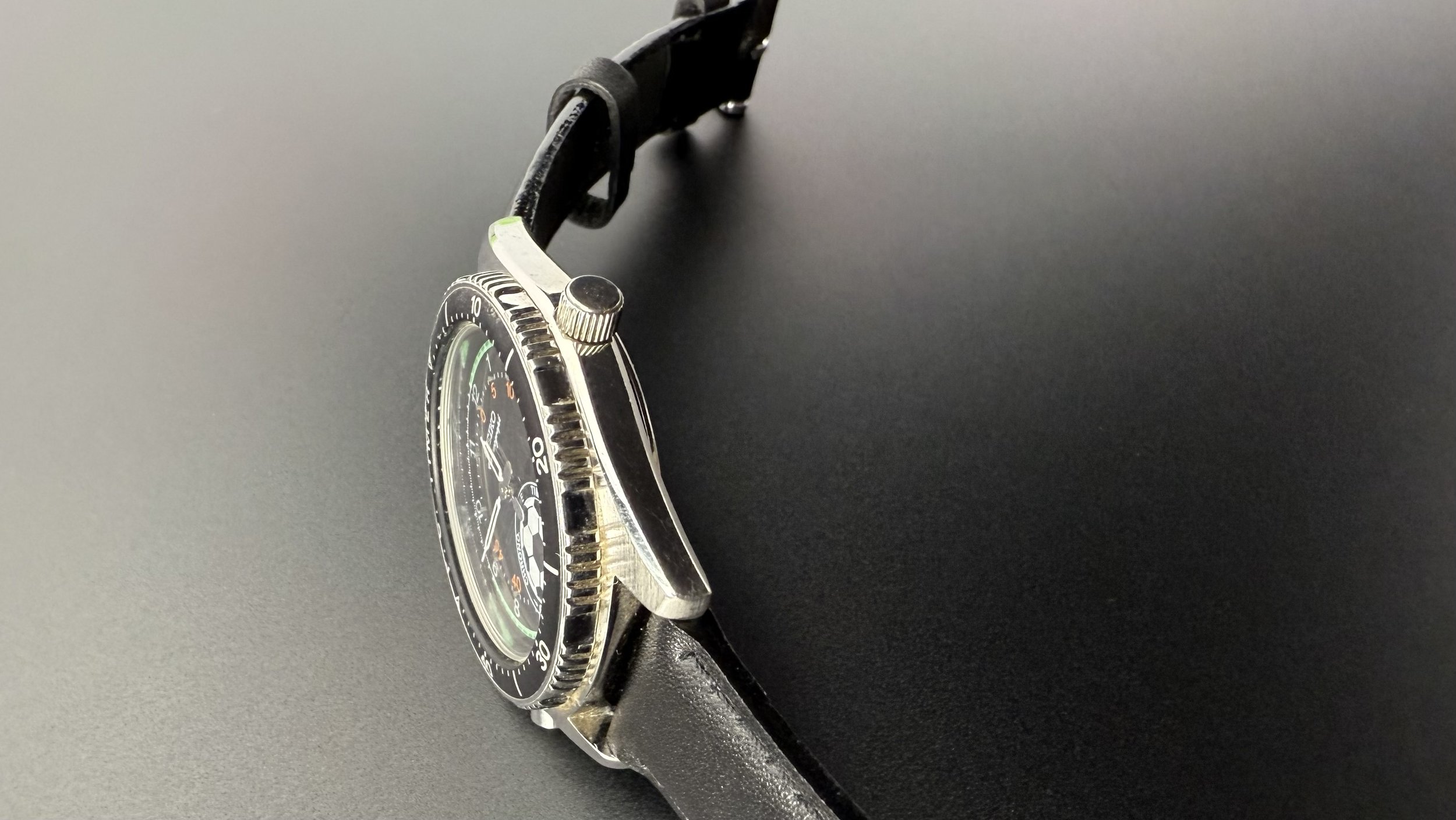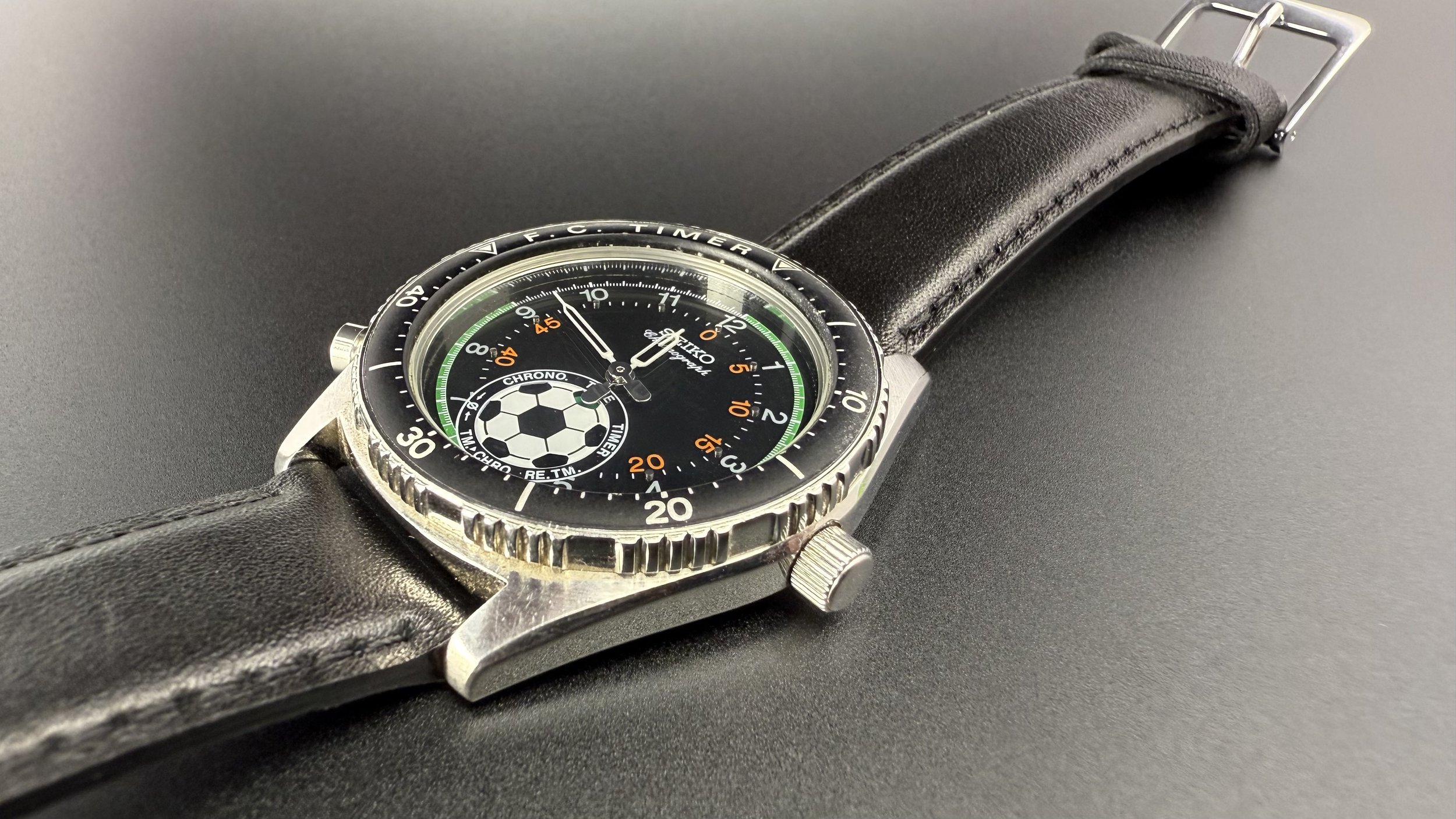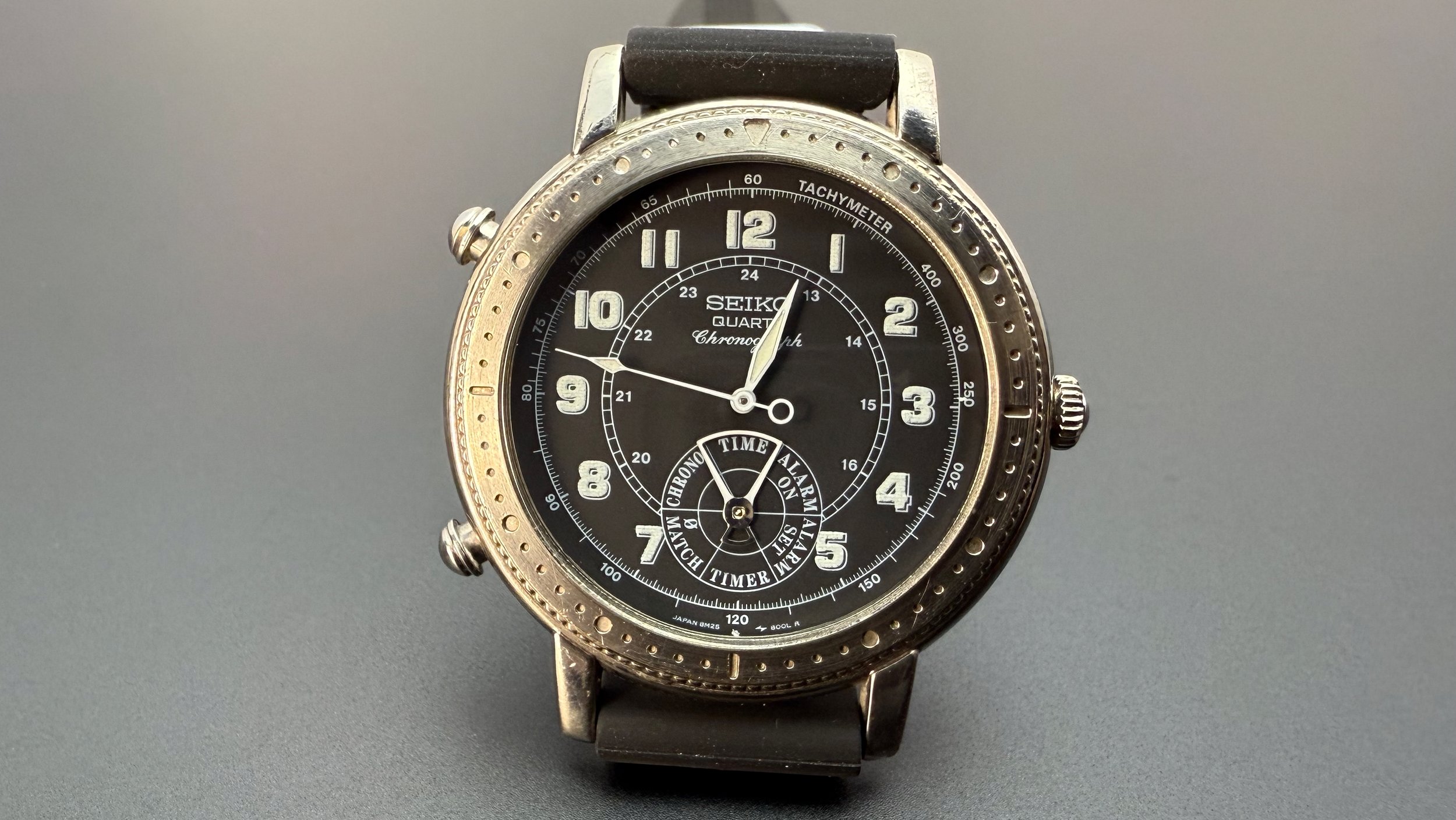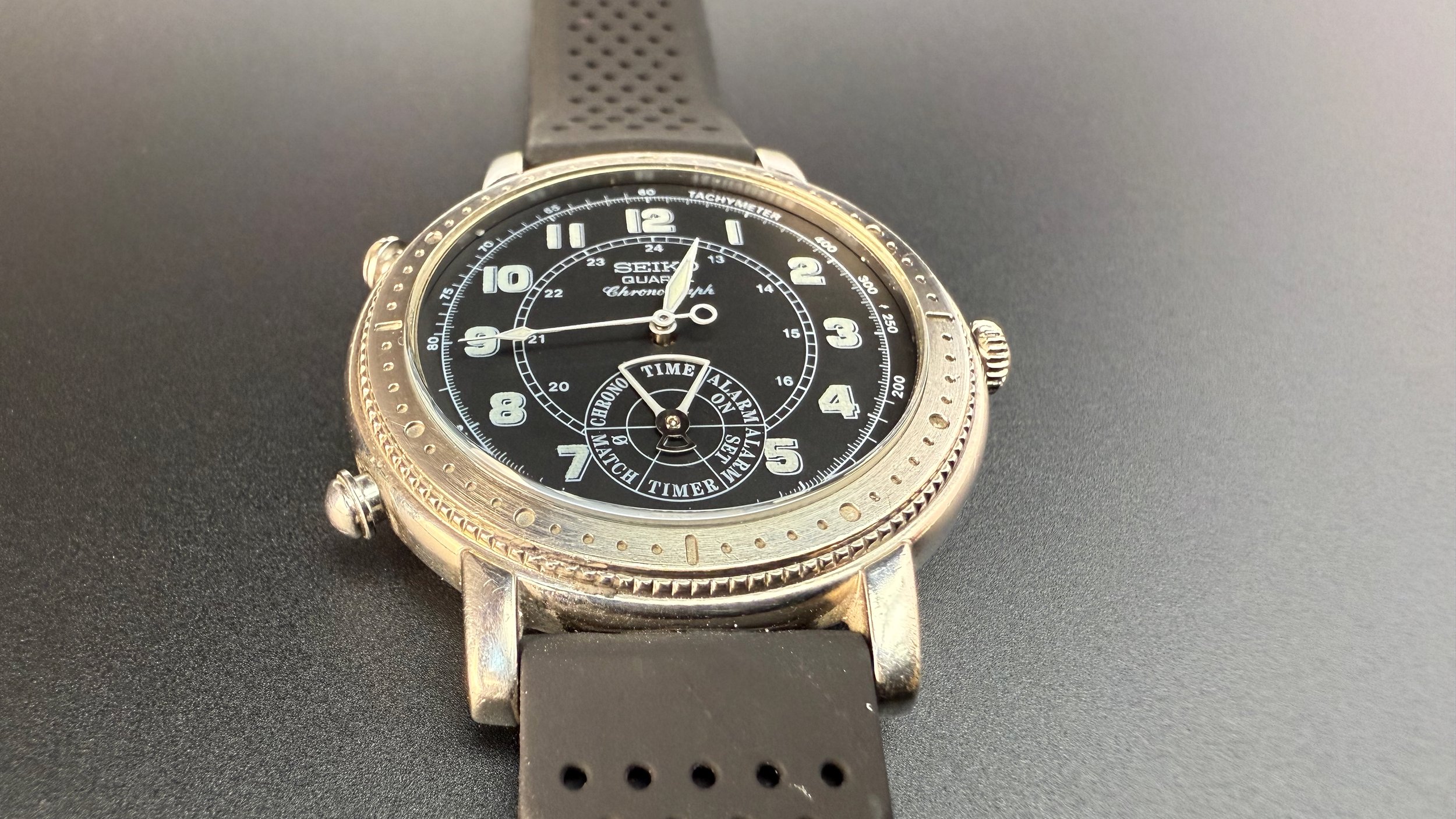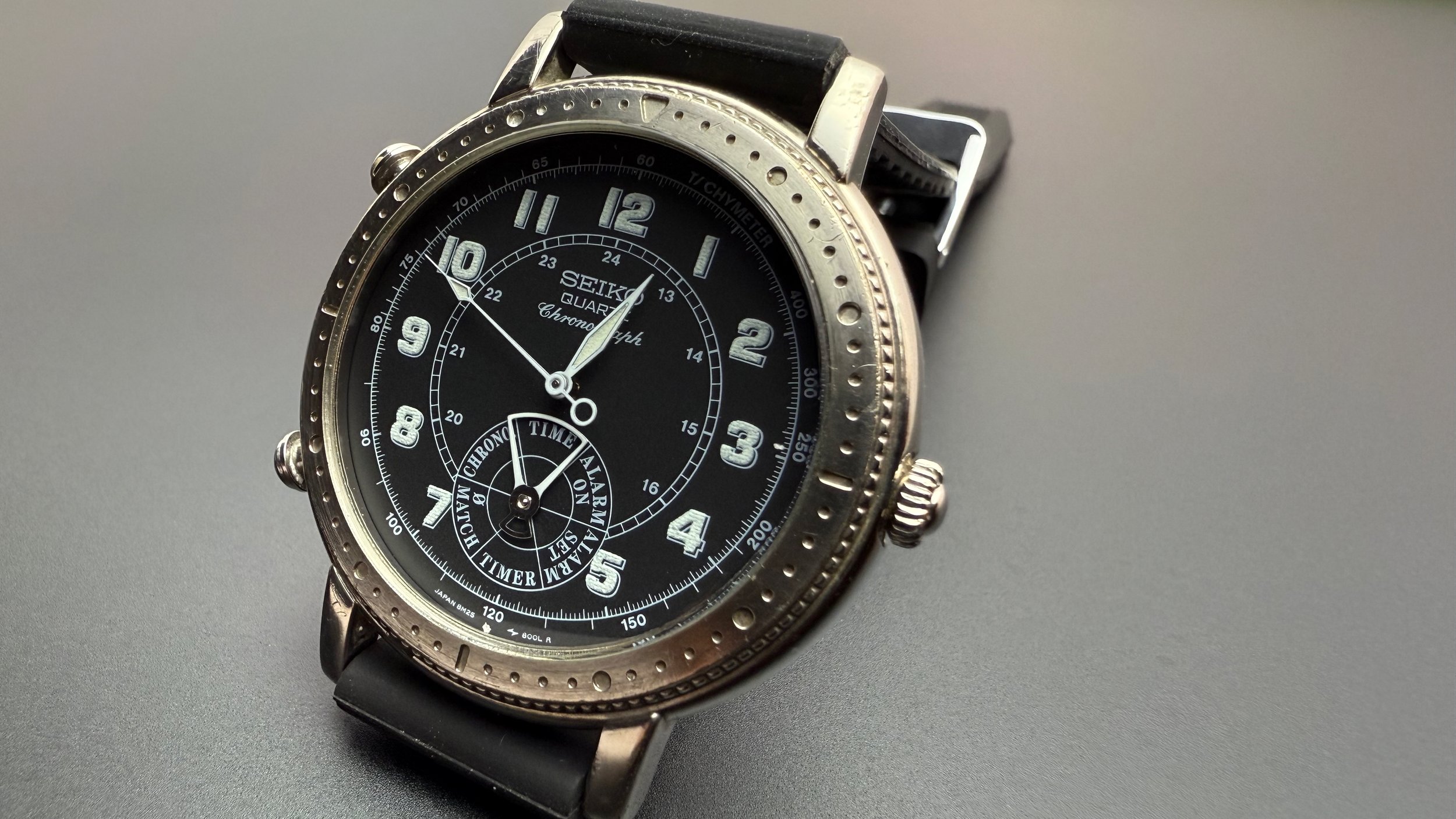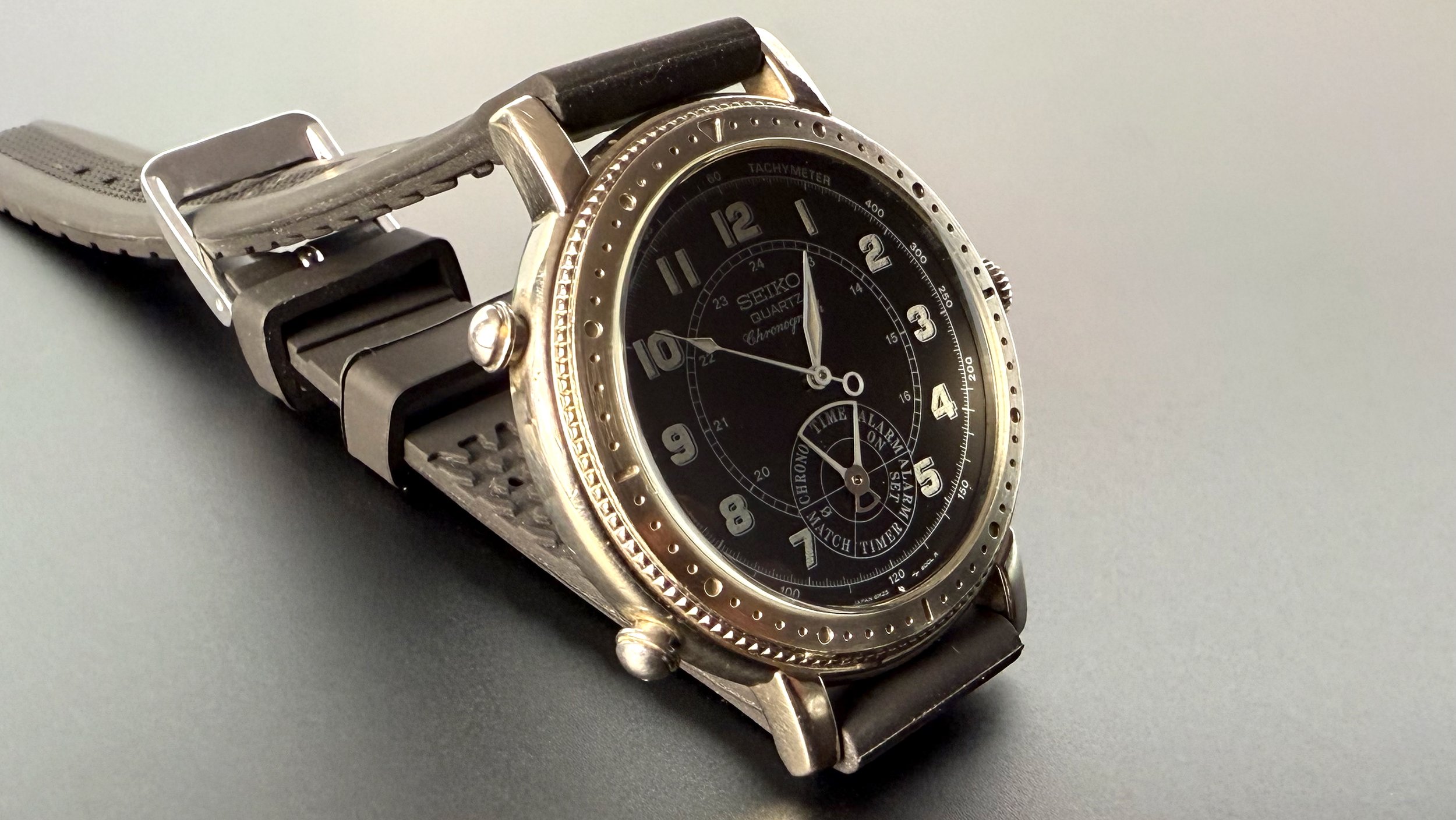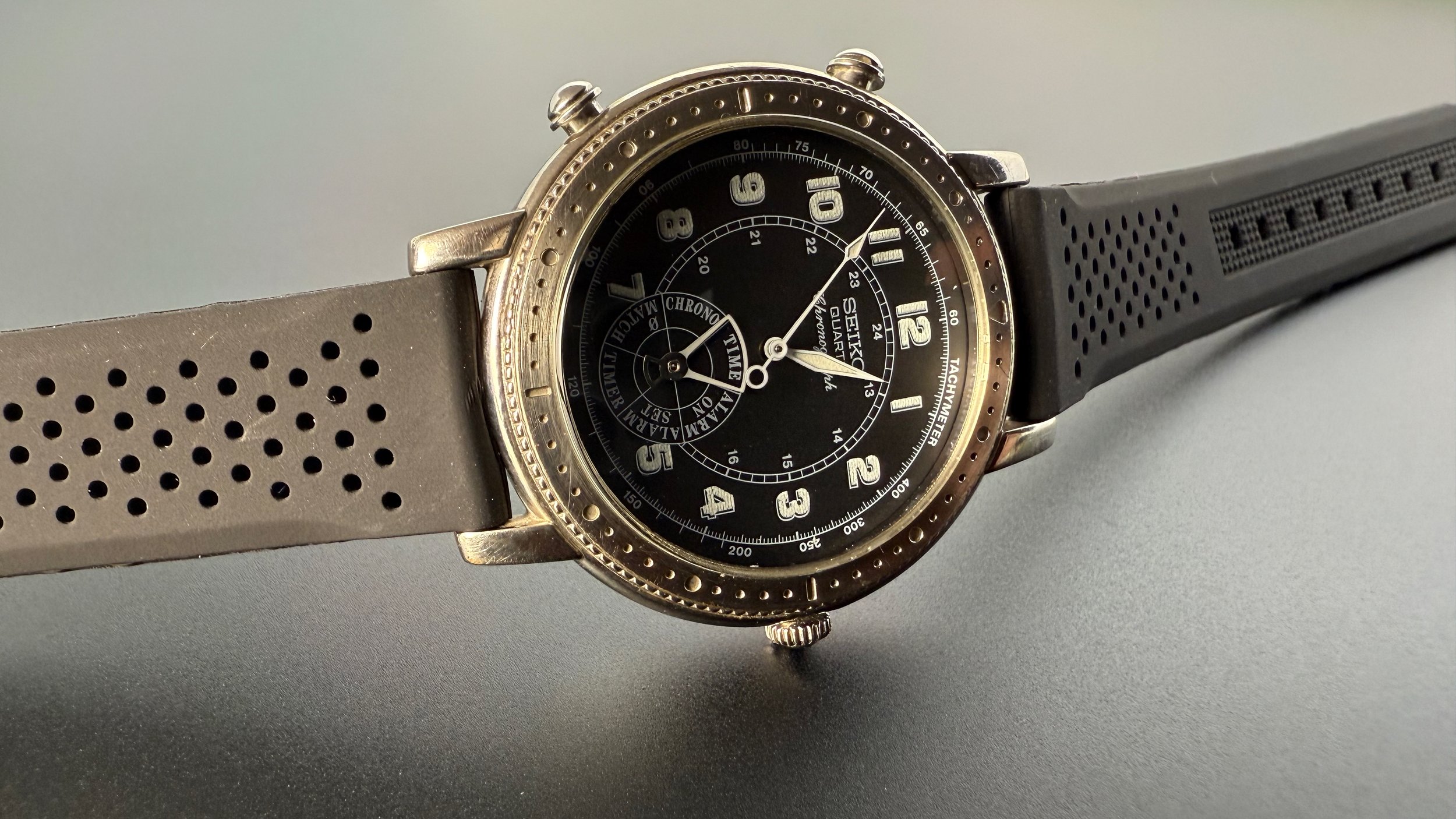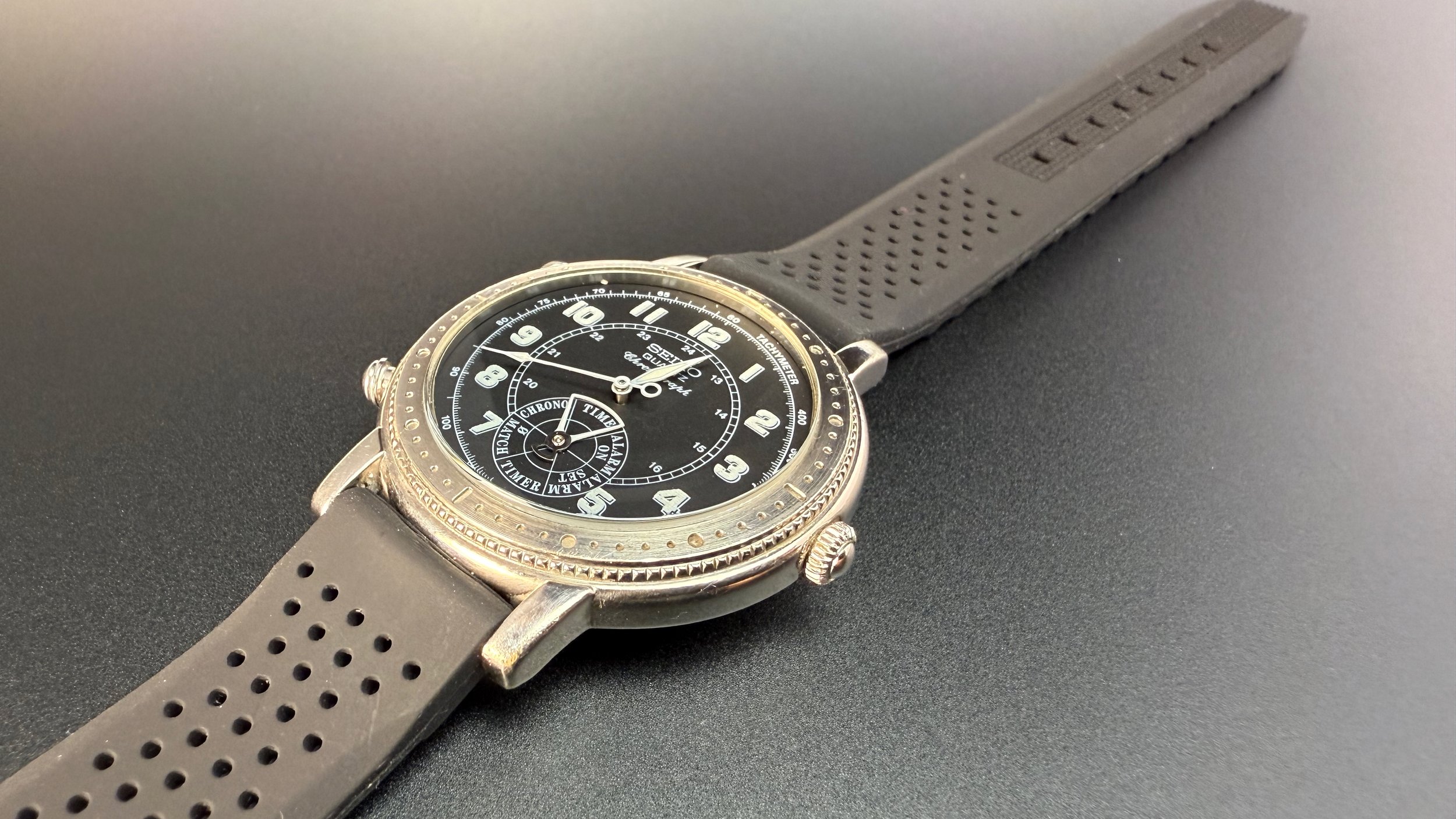Contact us for bank transfer if you do not have Apple Pay or credit card.
The Twin Quartz Revolution
By the late 1970s, quartz technology had become a hallmark of precision, and Seiko was leading the charge. The 1978 Seiko JDM catalogue marked the debut of the twin quartz caliber, a groundbreaking innovation that addressed one of quartz’s remaining challenges: temperature-induced timing drift. Over time, Seiko developed at least three distinct design approaches to implement twin quartz technology across their lineup.
Quartz watches are inherently more accurate than mechanical ones, but even they are not immune to inaccuracies. Temperature changes subtly alter the oscillation frequency of the quartz crystal, causing slight timing deviations. To combat this, Seiko’s twin quartz models employed temperature compensation, stabilizing the oscillation for improved accuracy.
Among these, the King Quartz models with dual oscillators stand out as remarkable pieces. These watches leveraged two quartz crystals, both oscillating around 32 kHz, to indirectly measure temperature changes. By analyzing the difference in their oscillations, the movement could determine how many ticks to skip or adjust, achieving superior precision.
Five Key Twin Quartz Calibers
Between 1978 and 1980, Seiko introduced five distinct twin quartz calibers, spanning the Superior, Grand Quartz, King Quartz, and Quartz lines:
99 Series: Released in August 1978, starting with the 9983A, this series powered models like the Grand Quartz 9940 and Superior 9980/83.
92 Series: Arrived in December 1978.
97 Series: Debuted in October 1979, featuring the 9722A and 9723A.
96 Series: Released in September 1980, including the 9641A and 9642. The latter appeared in a modest Seiko Quartz model—a true “wolf in sheep’s clothing.”
94 Series: Introduced in November 1980 with the 9441A caliber.
The Unusual 9923 Caliber
The 9923 caliber was an anomaly within the King Quartz line, as it stemmed from the 99 series, which was more commonly seen in Grand Quartz and Superior models. It’s challenging to pinpoint how the base caliber was altered, apart from changes in accuracy ratings.
The Legacy of the 99 Series
The 99 series calibers likely saw a six-year production run, from 1978 to 1984, within the broader 1975–1985 Grand and King Quartz lineup. These watches embodied the bold, angular design language of 1970s Seiko. Their dials featured applied indices and the Seiko logo, while the “double honeycomb” logo at six o’clock signified the presence of twin quartz technology.
Seiko’s twin quartz calibers remain a testament to the brand’s innovative spirit, demonstrating how precision engineering and elegant design can converge to create watches that are as technically advanced as they are timeless.


